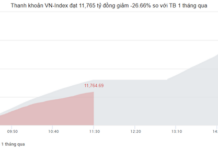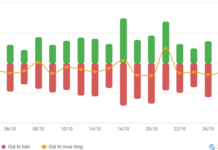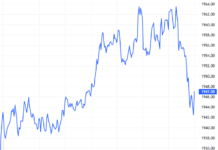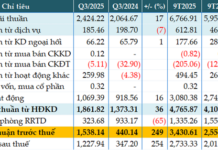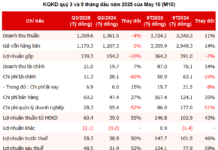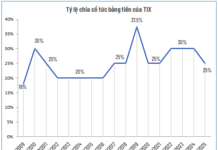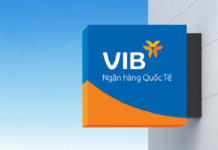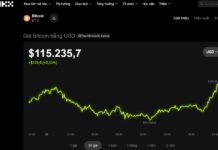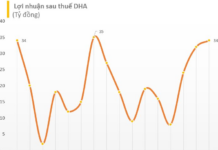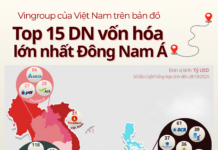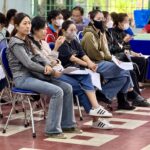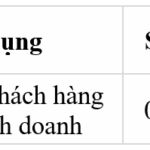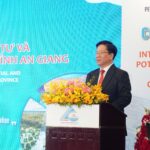The Ho Chi Minh City’s Metro Line 2 project is expected to cost nearly VND 48,000 billion in total investment. The project spans over 11 km in length, with more than 9 km of underground section and nearly 2 km of elevated section, and includes 10 stations (9 underground and 1 elevated) across districts 1, 3, 10, 12, Tan Binh, and Tan Phu.
Recently, the Party Committee of the Ho Chi Minh City People’s Committee announced conclusions on the implementation plan for this project. The most notable content is the Party Committee’s agreement on using the city’s budget to continue the Metro Line 2 project and simultaneously supplementing synchronous connection works between Metro Line 1 and Metro Line 2 at the Ben Thanh station area into the Metro Line 2 project.

The Management Authority for Urban Railways in Ho Chi Minh City is urgently relocating technical infrastructure to prepare a “clean site” for the Metro Line 2 project. Photo: Duy Anh.
The Party Committee of the Ho Chi Minh City People’s Committee assigns the People’s Committee to direct the Urban Railway Management Board to coordinate with the Department of Finance, Department of Transport, Department of Planning and Investment, Department of Construction, and related units to urgently finalize the implementation plan for Metro Line 2.
The concerned units and departments need to provide a comprehensive assessment report on the legal, financial, and diplomatic issues that may arise, and study the incorporation of the EPC mechanism (Engineering, Procurement, and Construction contract) into the urban railway development proposal as per Conclusion 49 of the Politburo.
Additionally, the authorities are to research and supplement policies to perfect the implementation plan for the Metro Line 2 project to ensure the set schedule, and report to the People’s Committee for submission to the Party Committee before November 28.
The State-owned Financial Investment Company of Ho Chi Minh City is assigned to coordinate with the Department of Finance and related units to study reasonable capital mobilization plans and submit them to the People’s Committee before November 30.
Currently, the Ho Chi Minh City Urban Railway Management Board is executing the relocation of technical infrastructure along the entire Metro Line 1, and the project is expected to commence in 2025.
According to the initial plan, the Ho Chi Minh City Metro Line 2 project would be funded by ODA loans from the Asian Development Bank (ADB), the German Reconstruction Bank (KfW), the European Investment Bank (EIB), and counterpart funds from the city’s budget. ODA loans account for the majority of the funding, with approximately VND 37,500 billion. However, recent reports from the Ho Chi Minh City Urban Railway Management Board indicate that financial arrangements for the project face challenges due to changing loan conditions from international donors.
Hiring Leadership Talent: Join BIDV at Saigon Central Branch
We are seeking talented individuals to join our dynamic team at BIDV – Saigon Center Branch, one of the leading banks in Vietnam. With a commitment to fostering growth and development, we invite passionate professionals to embark on a rewarding career journey with us. This is an exciting opportunity to contribute to our continued success and make a lasting impact in the banking industry. Join us and be a part of a vibrant community that values innovation, excellence, and a strong dedication to shaping the future of finance.
Why Do Tourists in An Giang Spend So Little Despite Their High Numbers?
The average tourist expenditure of just 1 million VND in An Giang is indeed a concern. To boost the local economy and encourage longer stays, strategic investments are needed. This includes developing world-class tourism infrastructure and creating diverse, compelling attractions that cater to a range of interests and demographics. By enhancing the overall visitor experience, An Giang can establish itself as a must-visit destination, increasing tourist spending and fostering long-term economic growth.

